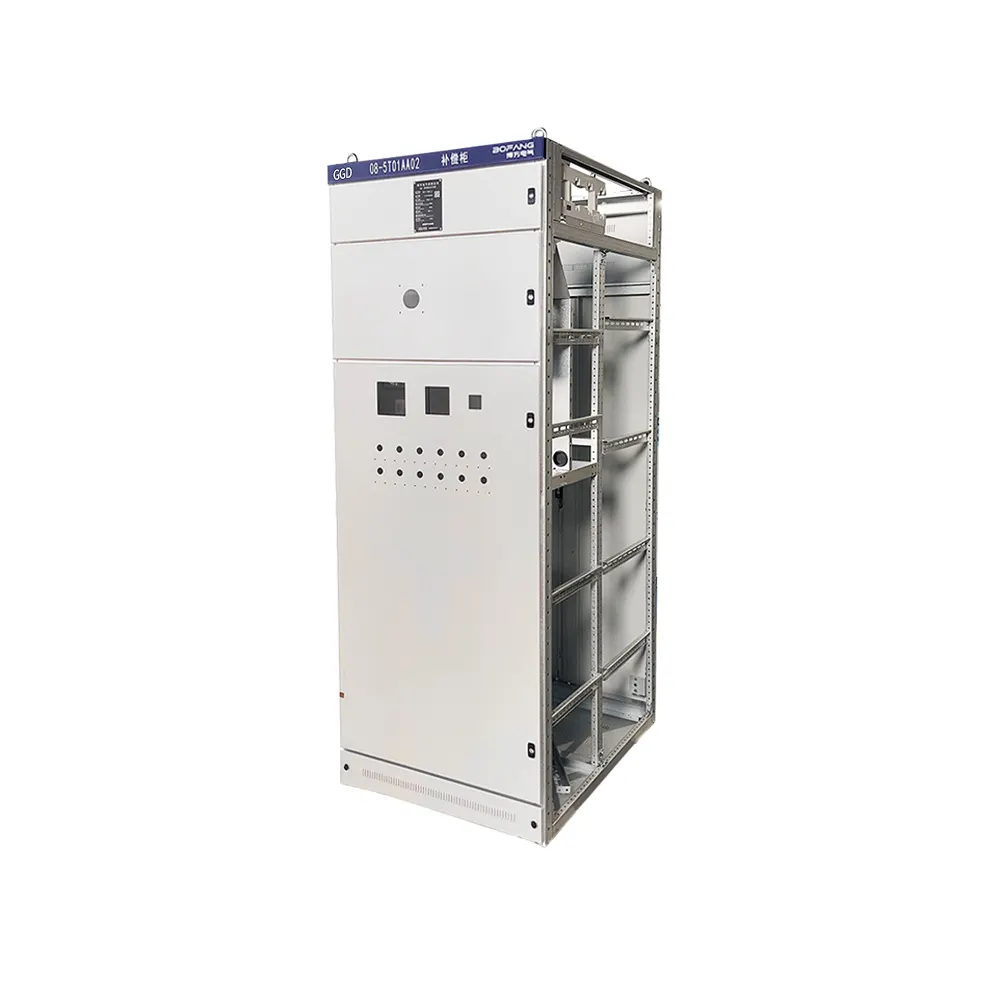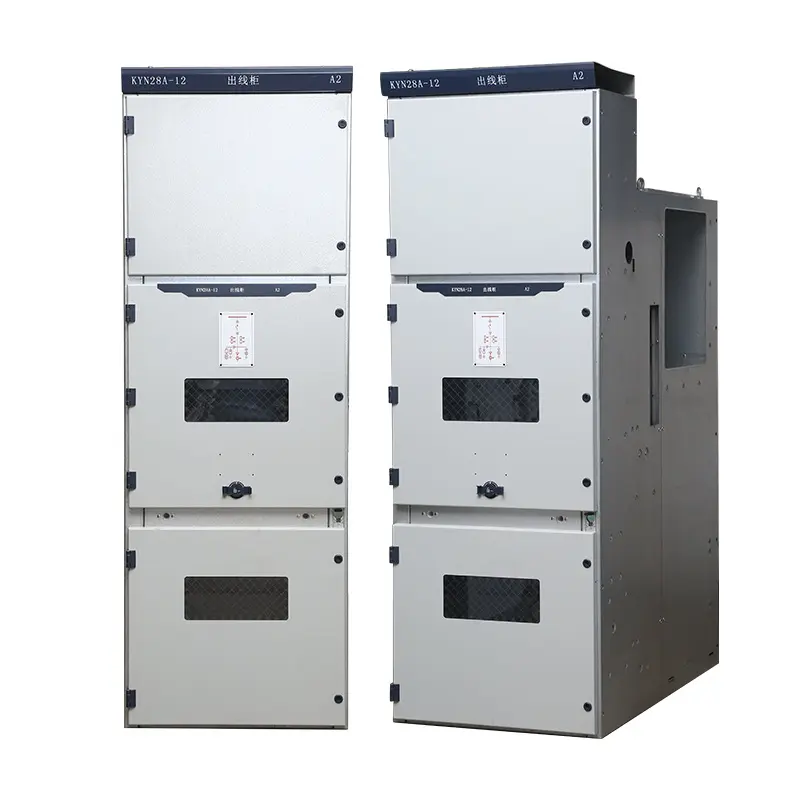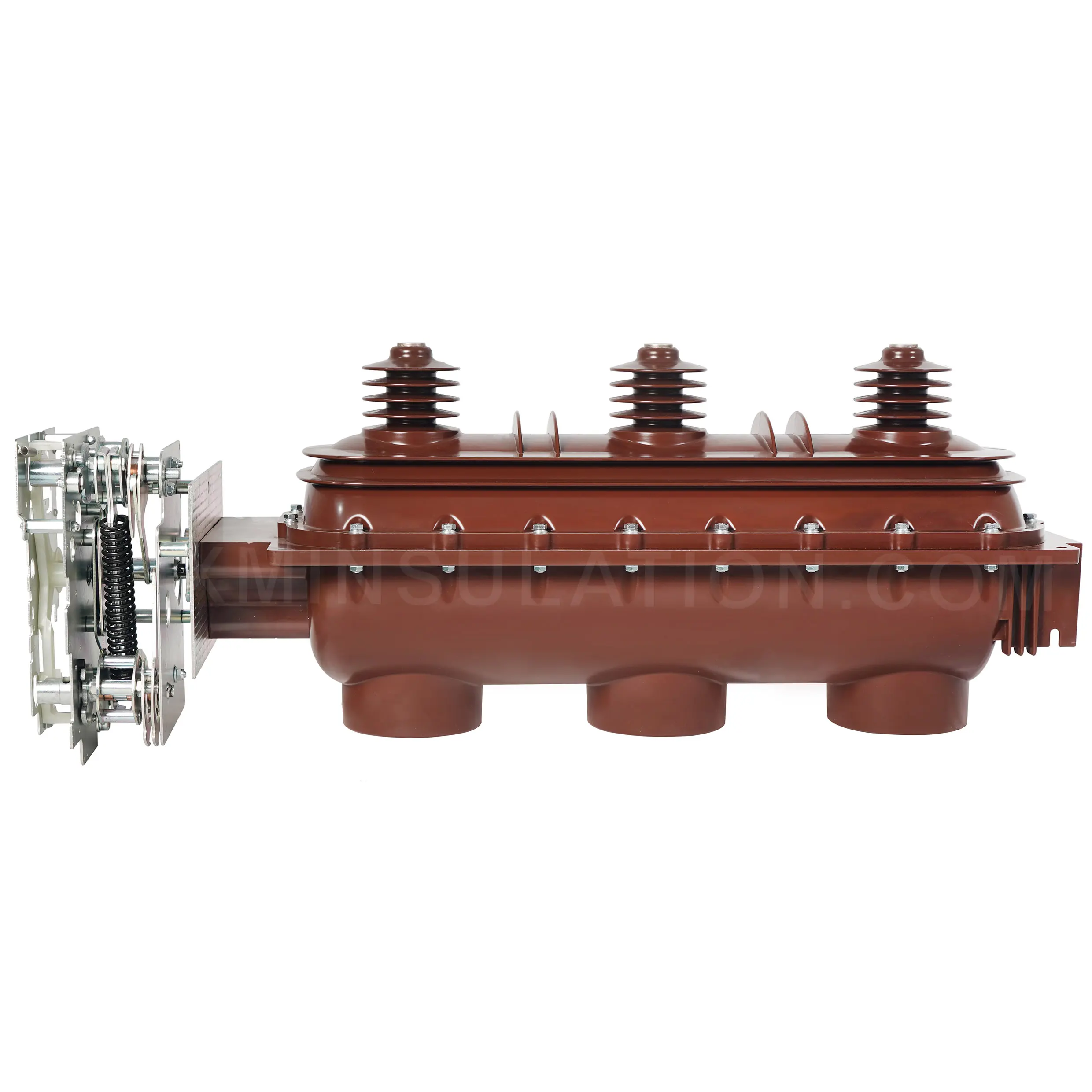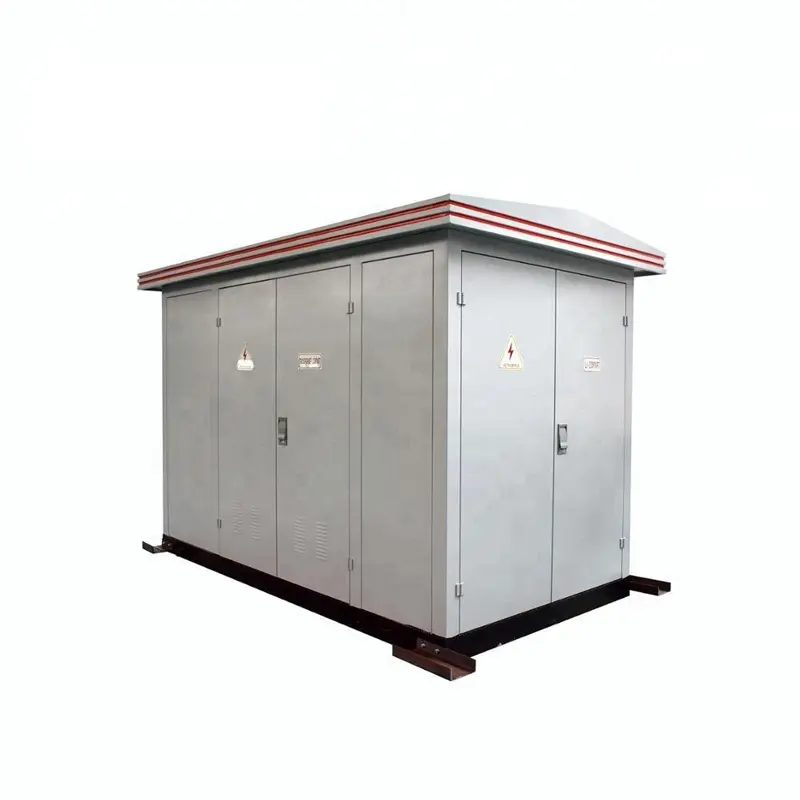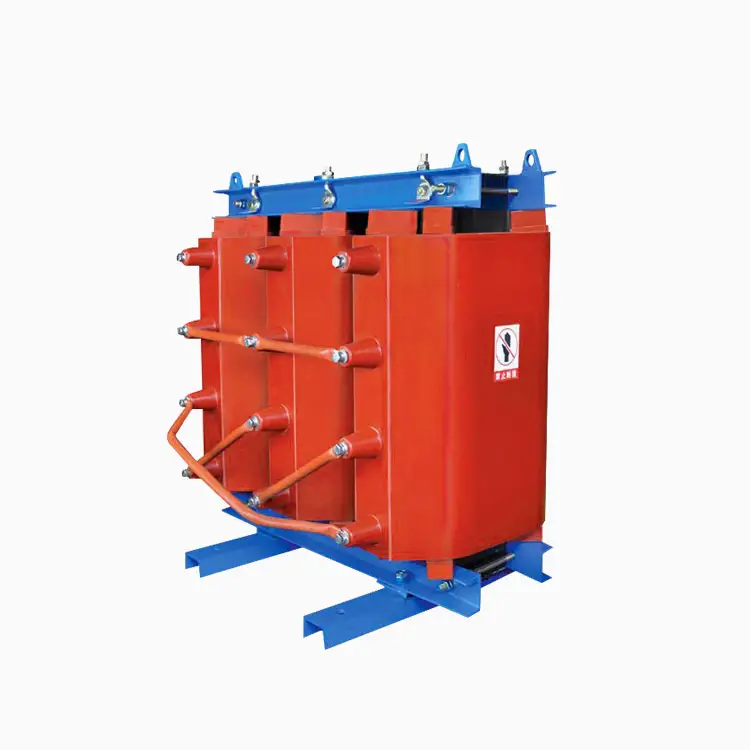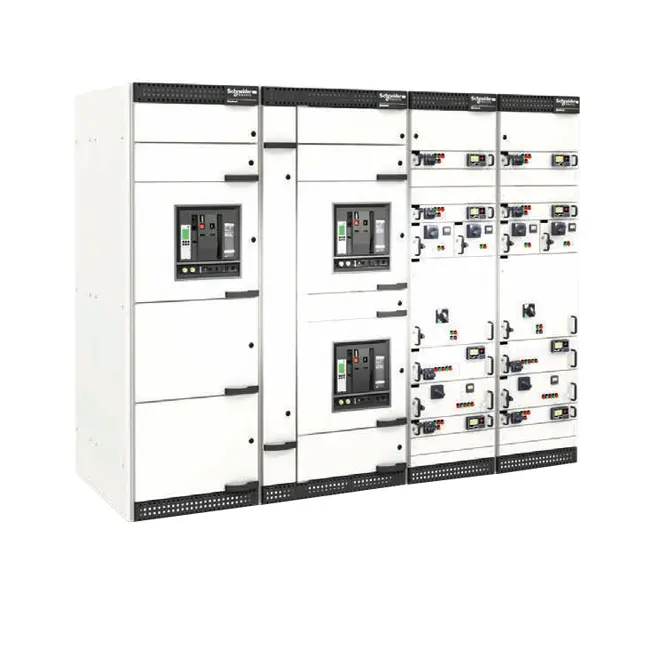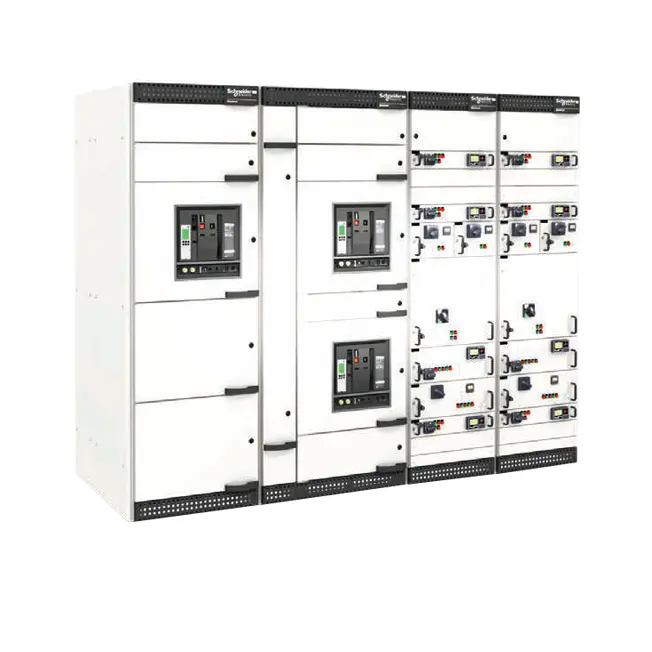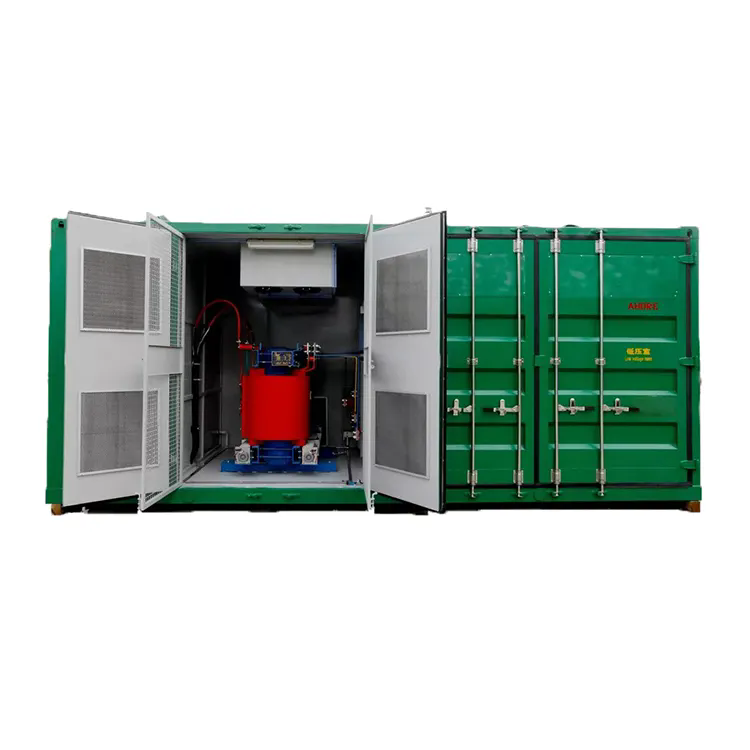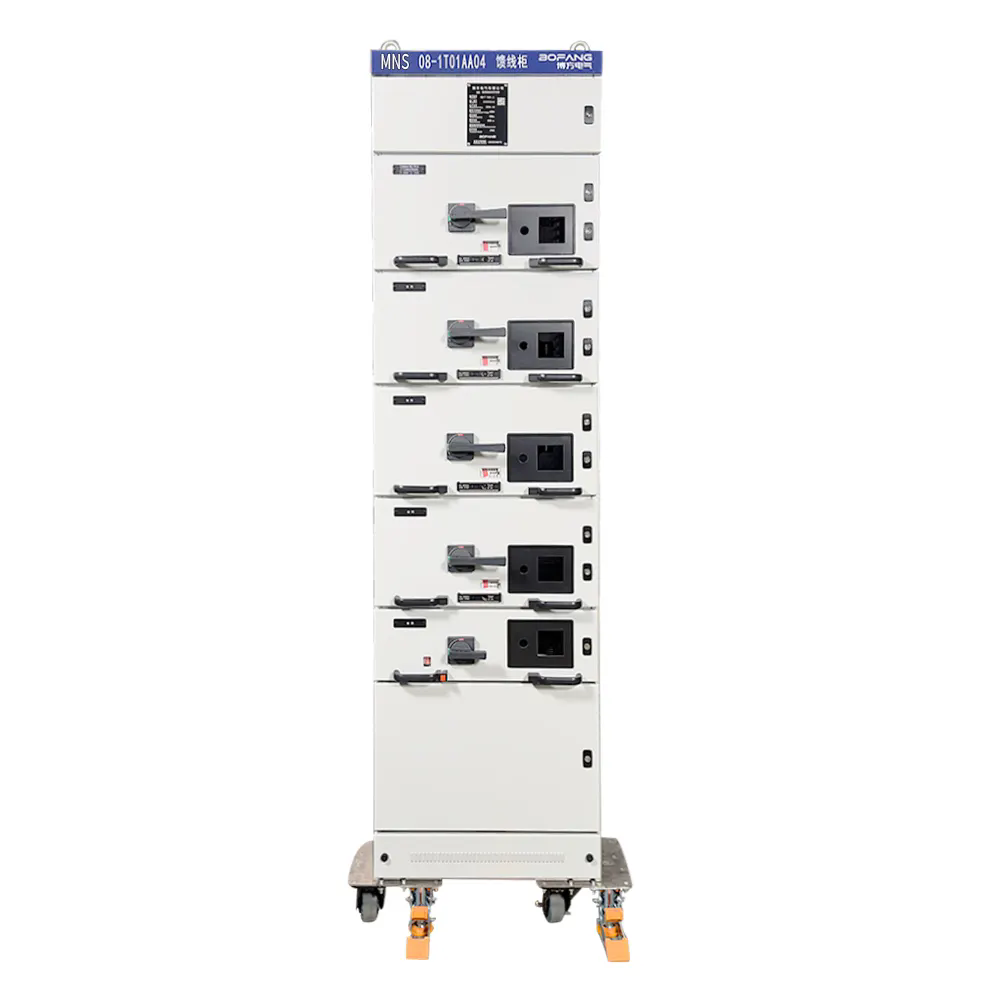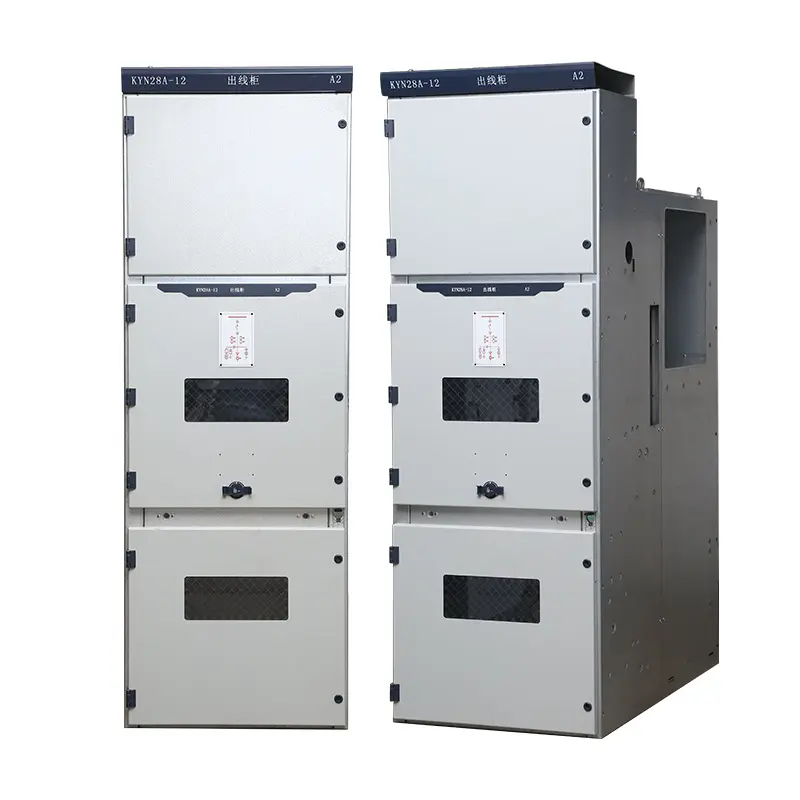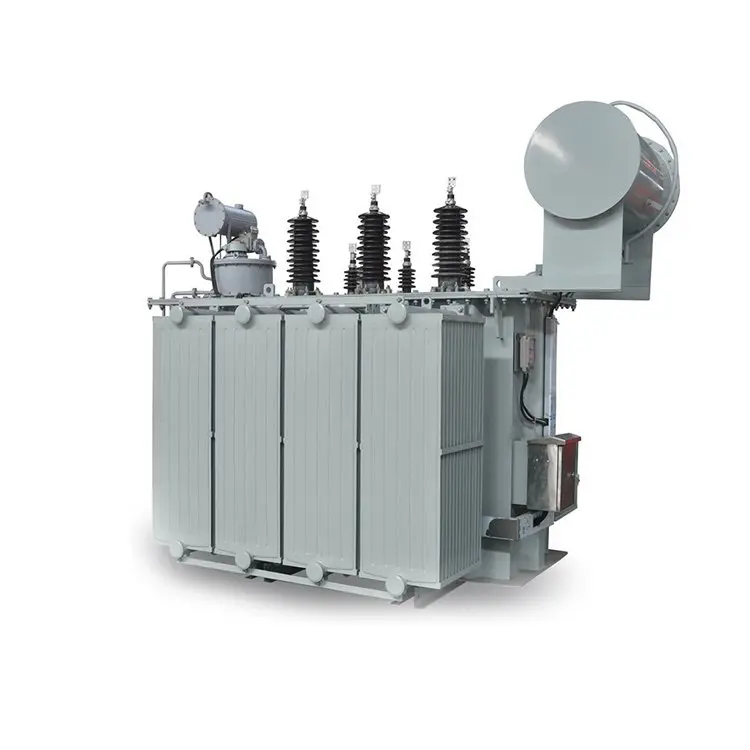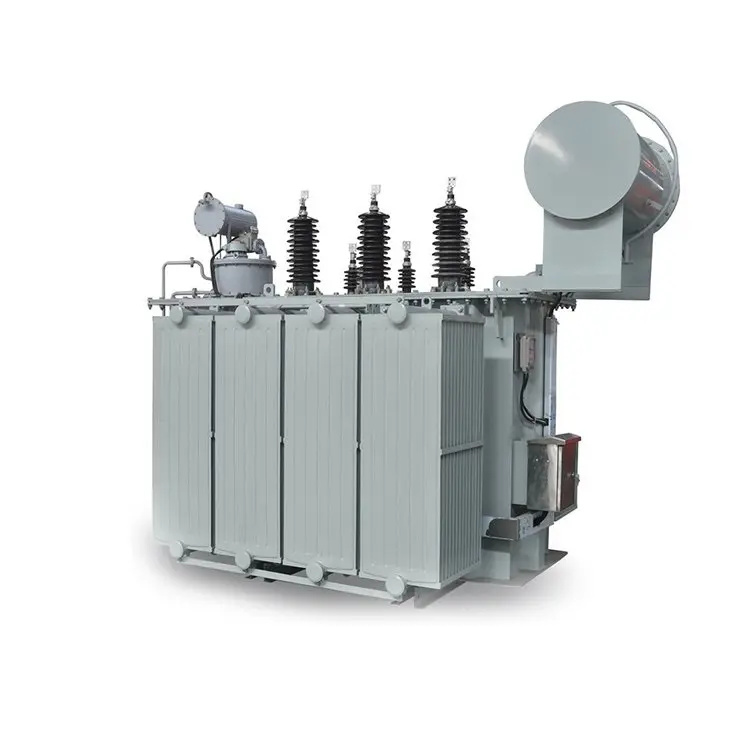Transformer capacity and power
In the power system, the transformer is an indispensable key equipment, which undertakes the important tasks of voltage transformation, current transformation and electrical energy transmission. The capacity and power of transformers, as two important indicators for measuring their performance, are of great significance for ensuring the stable operation and efficient transmission of the power system.
First of all, let's explore the capacity of the transformer. Capacity, also known as rated capacity, refers to the maximum power that a transformer can continuously output under its rated voltage and rated current. This power includes two parts: active power and reactive power. Active power is the power actually used to do work, while reactive power is the power consumed to establish a magnetic field. The capacity of a transformer determines the amount of electrical load it can handle and is an important parameter to be considered when designing a transformer. Generally speaking, the larger the capacity of a transformer is, the stronger its power supply capacity will be. However, it should be noted that a transformer with a larger capacity is not necessarily better, as an overly large capacity may lead to increased equipment costs, reduced operational efficiency and other issues. Therefore, when choosing a transformer, it is necessary to reasonably determine its capacity based on the actual electricity demand.
Next, let's discuss the power of the transformer. Power refers to the work done within a unit of time, which reflects the efficiency and ability of a transformer to convert electrical energy. The power of a transformer usually refers to its actual output active power, that is, the actual power transmitted by the transformer. The magnitude of active power directly determines the working efficiency and energy conversion efficiency of the transformer. Ideally, if the power factor of a transformer is equal to 1, then the active power it outputs is equal to its capacity. However, in actual operation, due to various losses and factors, the power factor of the transformer is often less than 1, so its actual output active power will also be less than its capacity.
Although capacity and power are both important parameters for describing the performance of a transformer, there are certain differences between them. Capacity focuses more on describing the maximum load that a transformer can handle, while power pays more attention to the actual energy transferred by the transformer. When designing and selecting a transformer, it is necessary to comprehensively consider these two parameters based on the actual situation to ensure that the transformer can meet the demands of the power system and operate efficiently.
In addition, there are many factors that affect the capacity of a transformer, including the ratio of input to output voltage, the ratio of input to output current, the efficiency of the transformer, operating temperature, cooling method, and load, etc. All these factors will have an impact on the capacity and power of the transformer. Therefore, when designing and using the transformer, the influence of these factors needs to be fully considered.
At the same time, we also need to note that during operation, the power load that the transformer bears should be maintained at about 75% to 90% of its rated capacity. If the actual load borne is less than 50% of the rated capacity, then it should be considered to replace the transformer with a smaller capacity one to improve the operational efficiency. If the actual load is greater than the rated capacity, a transformer with a larger capacity should be replaced immediately to ensure the stable operation of the power system.
Overall, the capacity and power of transformers are important indicators for evaluating their performance. Their size and selection are of great significance for ensuring the stable operation and efficient transmission of the power system. When designing and selecting transformers, various factors need to be comprehensively considered, and the appropriate capacity and power size should be determined based on the actual situation to ensure that the transformer can meet the demands of the power system and operate efficiently. Meanwhile, during the operation process, the load of the transformer also needs to be monitored and adjusted to ensure that it is always in the best working condition.
-
- How can an Electrical Substation become the most reliable asset in my grid?
- How Did I Cut Risk And Cost With An Oil Immersed Transformer Upgrade?
- Which Transformer Derivatives Solve Harmonics At EV Fast Charging Sites?
- How Does a Circuit Breaker Protect Your Power System?
- Are You Using the Right Circuit Breaker for Your Application?
- Why Is the Compact Substation Revolutionizing Modern Power Distribution?

